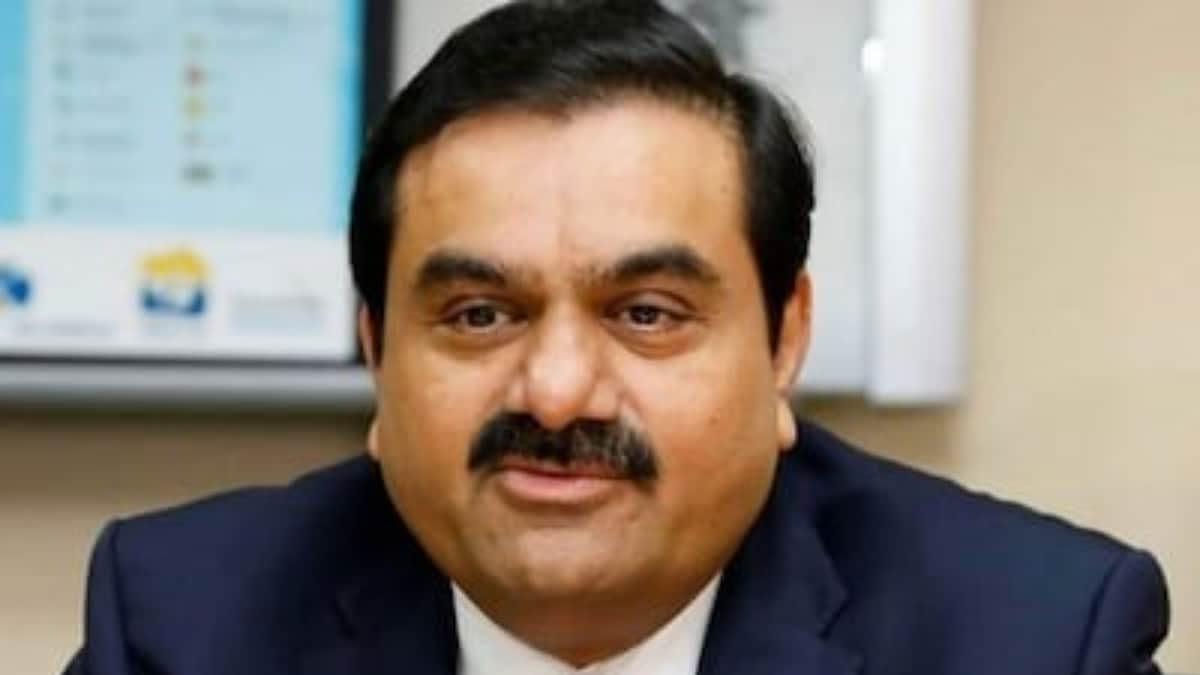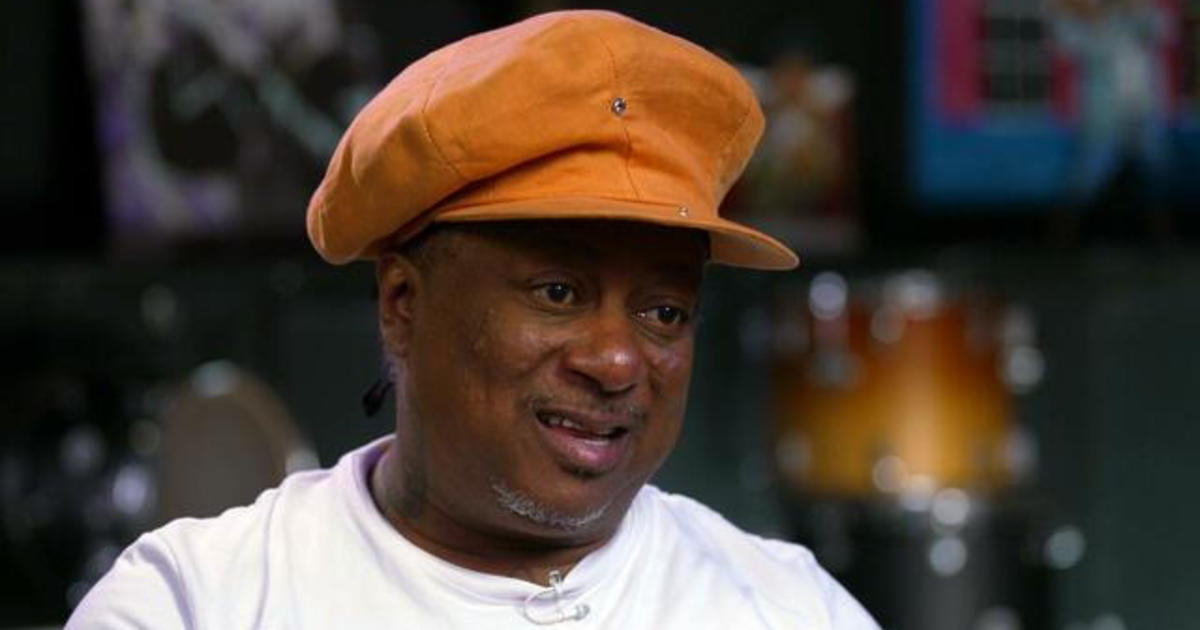Russia has denied responsibility, saying its aircraft did not come into contact with the American drone.
The incident is believed to be the first direct U.S.-Russia clash since the war in Ukraine began last year.
Here’s what to know about the drone known as the Reaper.
What is the MQ-9 Reaper, what does it cost and what is its primary function?
The Reaper is used by the U.S. Air Force to collect intelligence and conduct surveillance, search-and-rescue missions, and precision strikes on high-value and time-sensitive targets, according to an official fact sheet.
The drones have conducted missions over Iraq, Afghanistan and Syria, among other countries, and are operated remotely by a team of two out of 20 bases in 17 states. One commands the mission and controls the drone, while the other operates sensors and guides weapons.
The aircraft can also hold up to eight laser-guided missiles, 16 Hellfire missiles and up to 1,300 pounds of fuel. This allows it to stay in the air for 1,150 miles and fly at up to 50,000 feet. In 2018, MQ-9 Reapers flew a total of 325,000 hours.
The Air Force has contracted with General Atomics to build over 360 Reapers since the program began in 2007. A single Reaper drone costs roughly $30 million today, according to a Congressional Research Service report released last year.
Primary function: Intelligence collection
in support of strike, coordination
and reconnaissance missions.
Unit cost: About $30 million
Crew (remote): Two (pilot and sensor operator)
Ceiling: Up to 50,000 feet
Note: Data current as of March 2021

Primary function: Intelligence collection in support of strike, coordination
and reconnaissance missions.
Ceiling: Up to 50,000 feet
Unit cost: About $30 million
Crew (remote): Two (pilot and sensor operator)
Note: Data current as of March 2021
The drone is 36 feet long and has a wingspan of 66 feet and a payload of 3,750 pounds. The MQ-9 is an updated version of the MQ-1 Predator, which was introduced in the 1990s. The Reaper has an engine that is about eight times more powerful and is 13 feet longer with a wingspan that is 16 feet longer than its predecessor. The updated drone also has infrared sensors and cameras, and a laser range finder to locate targets.
In Defense Department designation, the “M” stands for multi-role, the “Q” means it’s a remotely piloted aircraft system, and the “9” shows that it is ninth in the series of remotely piloted aircraft.
What was the drone doing when it was brought down?
The aircraft was “conducting routine operations in international airspace” when it was hit by the Russian SU-27, Gen. James B. Hecker, a senior military official overseeing Air Force operations in the region, said in a statement. “In fact, this unsafe and unprofessional act by the Russians nearly caused both aircraft to crash.”
A news release from the U.S. European Command said the incident is the latest in a “pattern of dangerous actions by Russian pilots while interacting with U.S. and Allied aircraft” over the Black Sea.
“This is not new,” said Philip Breedlove, a retired Air Force general and former NATO supreme allied commander. Russian and U.S. confrontations in the Black Sea have “been happening for some time. It used to happen almost routinely.”
It was not immediately clear where over the Black Sea the incident occurred or what mission the drone was conducting. U.S. military officials also did not specify what other recent actions by Russian pilots fit into the pattern of dangerous activity that they described.
A Pentagon spokesman, Air Force Brig. Gen. Patrick Ryder, told reporters that the two Su-27s were first seen near the MQ-9 about 30 to 40 minutes before American pilots brought the Reaper down. He declined to say whether the drone was armed, what its mission was or where in the Black Sea it splashed down.
It’s unclear when or if video of the incident will be released publicly. It must first go through a declassification process.
What are the implications?
Breedlove said that while there’s not yet evidence to suggest the collision was deliberate, an intentional downing of a U.S. drone would have potentially concerning consequences.
The United States and NATO, while arming Ukraine and providing regular intelligence to Kyiv, say they have no direct involvement in the war. Moscow has characterized those actions as a Western attempt to destroy Russia.
“This could be as simple as poor airmanship, poor professionalism,” Breedlove said.
The U.S. European Command stated in a news release that the actions by the Russian crew could cause “unintended escalation.”
The United States and its allies plan to continue operating in the international airspace, added Hecker, the senior Air Force official.
The Russian Defense Ministry has denied striking the MQ-9, instead claiming that Russian pilots observed the drone in “uncontrolled flight” before it crashed into the sea.
“The Russian fighters did not use airborne weapons, did not come into contact with the unmanned aerial vehicle and returned safely to their base airfield,” officials said in a statement.
In Washington, the Russian ambassador to the United States was being summoned to the State Department. Ned Price, a spokesperson for the department, told reporters that Lynne M. Tracy, U.S. ambassador to Russia, relayed the Biden administration’s “strong objections” to Moscow’s Ministry of Foreign Affairs.
Nothing had been recovered from the drone from the crash site by Tuesday evening.
Dan Lamothe, Karen DeYoung and Anumita Kaur contributed to this report.














































